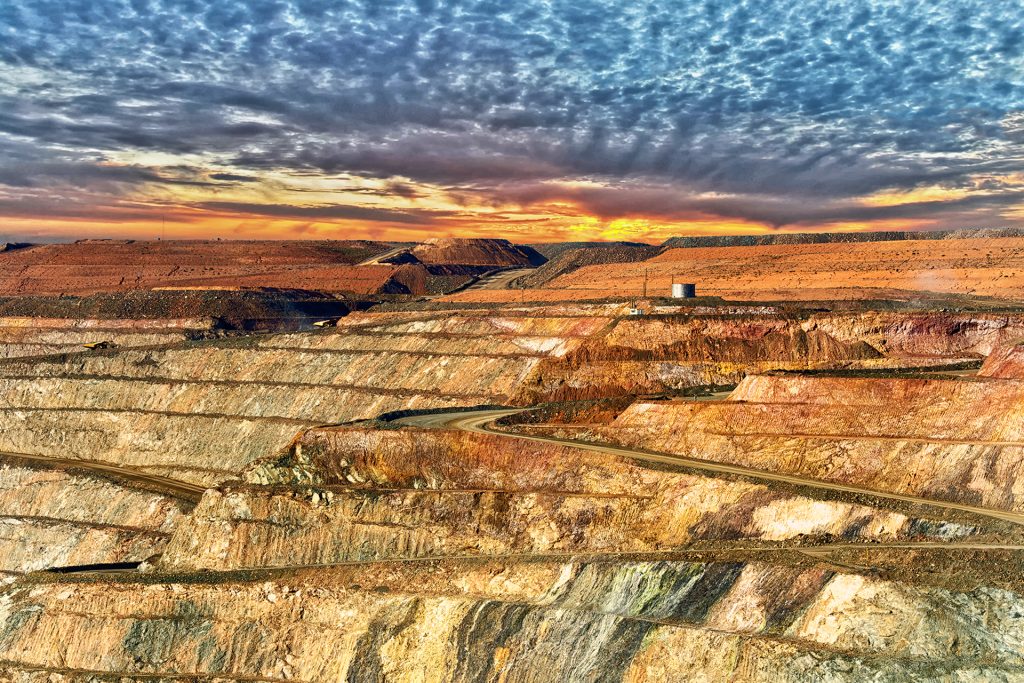Bedford Metals receives Ubiquity Lake exploration permit, Saskatchewan

Bedford Metals Corp. [TSXV-BFD; OTC-URGYF; FSE-08D] has received the necessary exploration permit from the Ministry of Environment for its 2024 prospecting program at the Ubiquity Lake uranium project, northern Saskatchewan. This permit marks a significant milestone, allowing the company to advance its exploration activities as planned.
The previously announced prospecting program at Ubiquity Lake will include investigating and mapping historic showings and target zones identified through successive geophysical programs. The claim block will be surveyed with state-of-the-art RS100 scintillometers, and outcrops from high-value targets will be collected and sent for assay.
Dr. Peter Born, president, commented: “Receiving the exploration permit is a crucial step forward for our Ubiquity Lake project. With this approval, we are set to commence our field activities and validate the promising targets identified in our previous surveys. We are committed to advancing our exploration efforts responsibly and sustainably.”
The 2024 phase I exploration program will specifically target UL2014, where a 2014 prospecting and grab rock sampling program yielded values of 187 parts per million uranium and 449 parts per million thorium from pegmatitic quartz-rich zones in a granite gneiss outcrop and 678 parts per million uranium and 679 parts per million thorium from a quartz-rich pegmatitic granitic gneiss boulder.
Additionally, the field crew will prospect target zones 1 and 2 (T1 and T2) – high-priority anomalies identified through an interpretation of geophysical data sets by Condor Consulting Inc. of Lakewood, Colo.
The principal target zones at the Ubiquity Lake uranium project are northwest-trending subsurface conductive anomalies identified through a 2014 VTEM (versatile time-domain electromagnetic) survey completed by Noka Resources Inc. and Alpha Exploration Inc.
Additionally, the company will be exploring conductive anomalies identified through a 2007 Geotem survey completed by Stikine Gold Corp. A ground survey conducted in 2014 yielded numerous radioactive samples, with readings up to 2,000 counts per second.
In 2014, a helicopter-borne EM and magnetic survey carried out by Aeroquest and Condor Consulting identified 13 target zones needing follow-up exploration. The target model is structurally controlled conductive graphitic zones within the basement rocks that could potentially host uranium deposits. The predicted depth to the basement is less than 50 metres, which was consistently achieved throughout the survey area. The company will investigate areas with electromagnetic-magnetic targets and areas with anomalous uranium in surface outcrops.
Given the project’s proximity to the southern tip of the Athabasca basin, the company is pursuing an exploration model similar to Fission’s Patterson Lake South deposit and NexGen’s Arrow deposit, which are shear-hosted basement deposits with continuity at depth.
The company’s strategy is to advance its projects from discovery to production.
The Close Lake uranium project lies on the eastern side of the Athabasca basin, adjoining claims held by Cameco Corp., the largest uranium producer in the world. The claim is approximately 245 hectares and lies within the primary exploration corridor, which hosts the Keys Lake mine, the Cigar Lake mine and the McArthur River mine. Access to the property is done through a network of roads and trails.
The Ubiquity Lake uranium project, covering 1,382 hectares, lies just south of the bottom lip of the Athabasca basin, adjacent to ALX Uranium’s Carpenter Lake project to the east. Situated near the Cable Bay shear zone, parallel to the Virgin River shear zone, which hosts Cameco’s Centennial uranium deposit, the project holds immense potential. Furthermore, it is located 100 km west of Cameco’s past-producing Key Lake uranium mine, underscoring the strategic significance of its location.
The Sheppard Lake uranium project covers an area of approximately 2,250 hectares and adjoins the Ubiquity Lake project to the southeast.
The project area is characterized by rocks of the Mudjatik domain, where uranium mineralization is typically basement hosted, situated within shears or faults, and formed through hydrothermal redistributions of dissolved metals and subsequent redox reactions.
